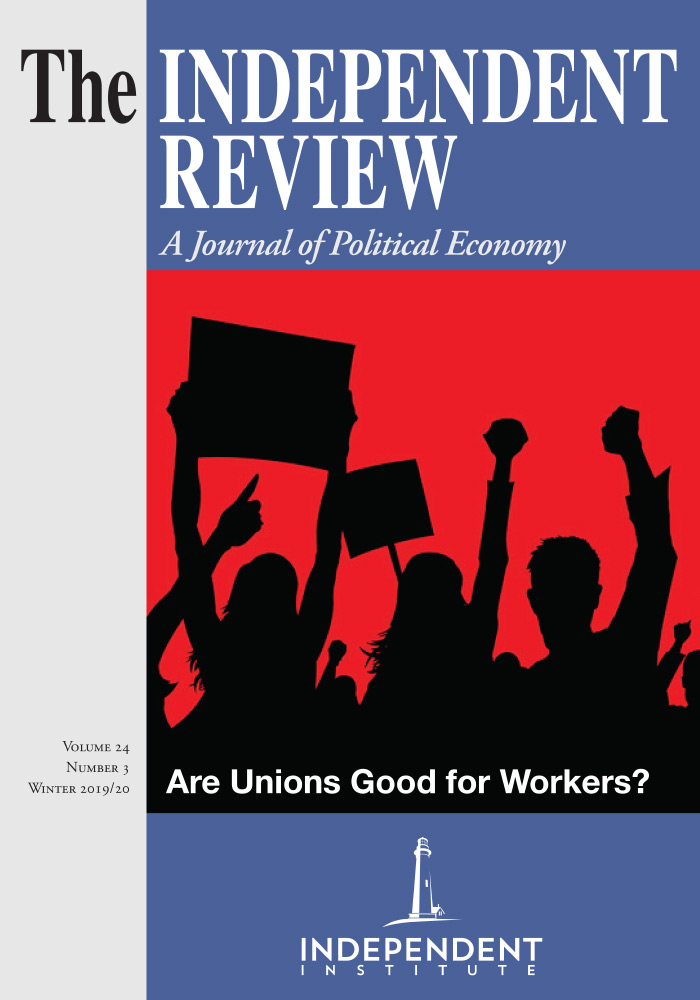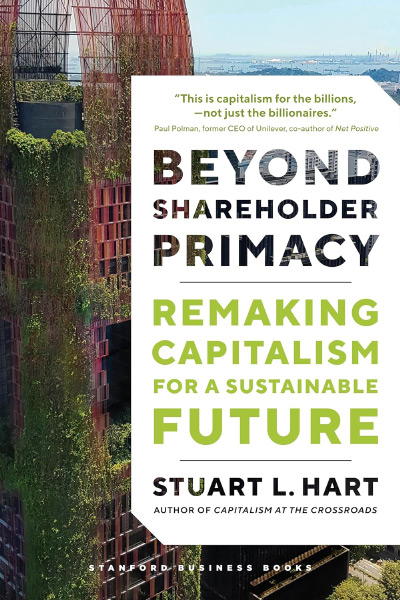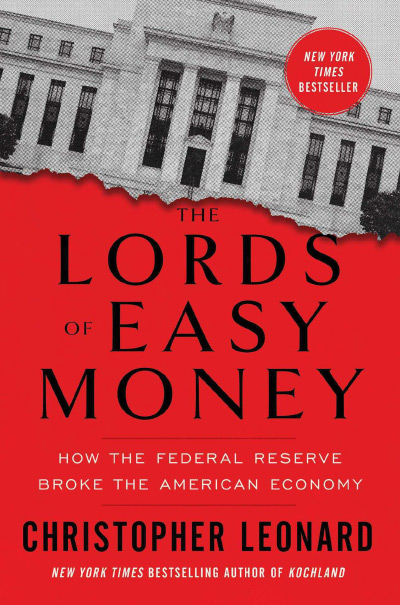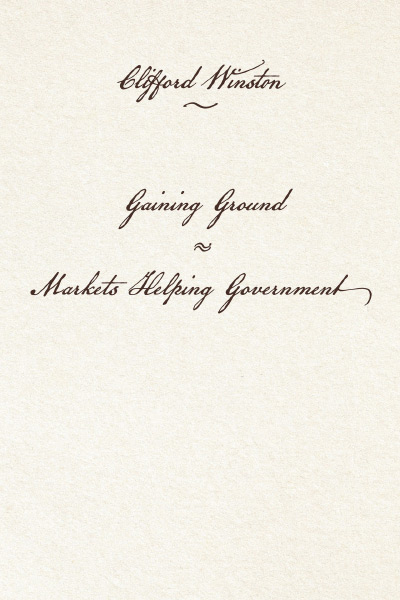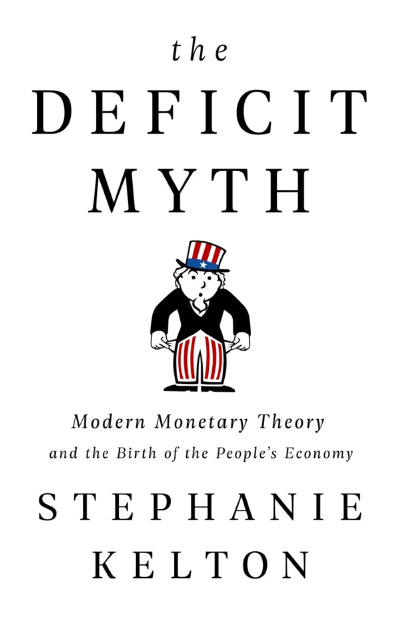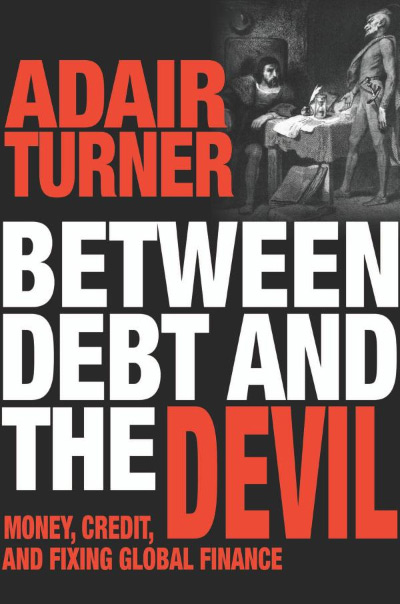Robert Wright’s Financial Exclusion provides a sweeping and remarkably detailed account of discrimination in the U.S. financial system as well as the government’s failed attempts to rectify the exclusion of minorities. It provides in-depth histories of financial discrimination against various minority groups, especially African Americans, women, American Indians, and poor whites (“white trash”). Contrary to the subtitle, the book focuses on the history of exclusion with only limited discussion of how competition can prevent such problems in the future.
The book begins with a quick introduction to the terminology of financial discrimination and exclusion. While acknowledging that “discrimination in any form is unfair in its own right” (8), the author notes throughout the book the exceeding difficulty, in some cases impossibility, of identifying discrimination based on bigotry versus some economic rationale (see, for example, 122–132). For this and other reasons, government interventions to prevent financial exclusion are often ineffective or even harmful. Rather, “self-help, combined with free entry, is the best way for market forces and governments to work together to reduce financial exclusion, discrimination, and predation in America” (10).
Chapter 2 provides a thorough background on the development of the financial system including banking, mortgages, insurance, and investing. As it is today, retail bank services were often out of reach for many minorities, who turned to higher-cost borrowing options such as pawn shops and loan sharks. The chapter highlights the frequent failure of government programs intended to diminish financial exclusion. Experiments in the 1930s, for example, included the Federal Home Loan Bank (FHLB) system, “which somehow managed to lend to only 3 of its first 41,000 applicants” (37), and the Homeowners’ Loan Corporation (HOLC), which “attracted the riskiest borrowers, those who could not obtain mortgages in the private market” (37). Since the 1970s, the Community Reinvestment Act (CRA) has encouraged banks to lend to unqualified borrowers, and federal programs to promote home ownership have created “financial predation on a scale so massive that it almost brought down the global economy” (73).
Individual chapters discuss the historical discrimination faced by blacks, Indians, women, and poor “white trash.” The problems faced by American Indians can be clearly traced to federal interference in Indian reservations’ legal and private property systems that inhibit banks and other intermediaries from providing effective financial services to residents of tribal lands. The evolution of women’s financial opportunities mirrors their broader access to private property, business ownership, and labor force participation. This chapter also covers the challenges women face working in the finance industry, both historically and in the present day. Poor whites have long faced discrimination, and while numerous anecdotes can be used as evidence, the lack of data make it difficult to gauge the magnitude of this problem.
Chapter 3 provides a thorough history of the financial exclusion of African Americans. It starts with discussion of the legal barriers faced by blacks during the periods of slavery and Jim Crow laws. Into the 1960s, even in the simple process of buying a home, blacks faced difficulties in opening a bank account, obtaining a mortgage loan, finding a suitable property, and protecting their new house with home and fire insurance, and each of those services came at a price generally higher than those paid by whites. The chapter discusses a number of practices by both private actors and the government that, either intentionally or unintentionally, restricted black Americans’ access to financing. Early programs by the Federal Housing Administration (FHA), for example, discouraged mortgage lending to African Americans on the grounds that black home ownership decreased the values of nearby homes and would therefore harm the FHA’s other constituents (109). The process of redlining (refusing loans to minority or low-income areas) became widespread due to guidance from the HOLC (122). Discrimination continues today in a variety of forms, although the subtler methods can be difficult to quantify.
The final two chapters outline simple steps to make financial services more inclusive to underserved minorities. The first step is to avoid the mistakes of failed government interventions that often create more harm than good. This point may seem obvious but can be difficult to accomplish given political incentives. The second is to allow minority communities to develop financial services themselves, as they have done throughout American history whenever not legally prohibited. To the extent that minorities are excluded from financing by discrimination rather than economic incentives, there are profits to be had by providing these underserved groups with financial services. Members of minority groups have historically found comparative advantages in such endeavors, such as black-owned banks and women hiring other women, since they have the strongest understandings of their own communities.
While its thesis and evidence are strongly convincing, the plan sketched in the final chapters may be insufficient to accomplish the book’s subtitle of fixing the broken system. Though replete with historical examples, there is limited discussion of how recent regulatory changes have affected financial exclusion and few concrete steps that could be taken by U.S. regulators or managers of financial intermediaries. For example, Thorsten Beck, Ross Levine, and Alexey Levkov (“Big Bad Banks? The Winners and Losers from Bank Deregulation in the United States,” Journal of Finance 65 [5]: 1637–1667) find that increased competition in the banking system has reduced inequality and created the largest benefits for low-skilled workers, who are likely to be predominantly minorities. After the massive increase in U.S. bank regulations, and thus barriers to entry, from the Dodd-Frank Act of 2010, the only new bank to form in the five years that followed was the Bank of Bird-In-Hand, which, consistent with the author’s call for minority-run financial services, was founded to serve the Amish community. Usury laws persist in a number of U.S. states, the removal of which would promote financial inclusion for underserved minorities by expanding marginal financial service such as payday lending.
Simple examples such as these might help illustrate how, as the book describes, competition can fix a broken system and reduce financial exclusion. While the book touches upon these issues, readers might be further convinced by specific proposals for changing today’s financial system and by recent evidence rather than historical examples alone. Another take, however, might be that the book proves so intriguing that it whets the reader’s appetite for further information on the subject.
Financial Exclusion is great book that explains today’s unequal access through a fascinating history of American finance. Each chapter is extensively detailed with historical anecdotes and citations. At the same time, the book brings up many new and interesting points that could be explored in future research.
Lack of access to financial services creates a severe disadvantage for American minorities. Robert Wright’s Financial Exclusion should be required reading for anyone hoping to fix this broken system.
| Other Independent Review articles by Thomas L. Hogan | |
| Winter 2023/24 | How Monetary Policy Got behind the Curve—and How to Get Back |
| Winter 2022/23 | Moral Hazard: A Financial, Legal, and Economic Perspective |
| Winter 2015/16 | Alternatives to the Federal Deposit Insurance Corporation |

